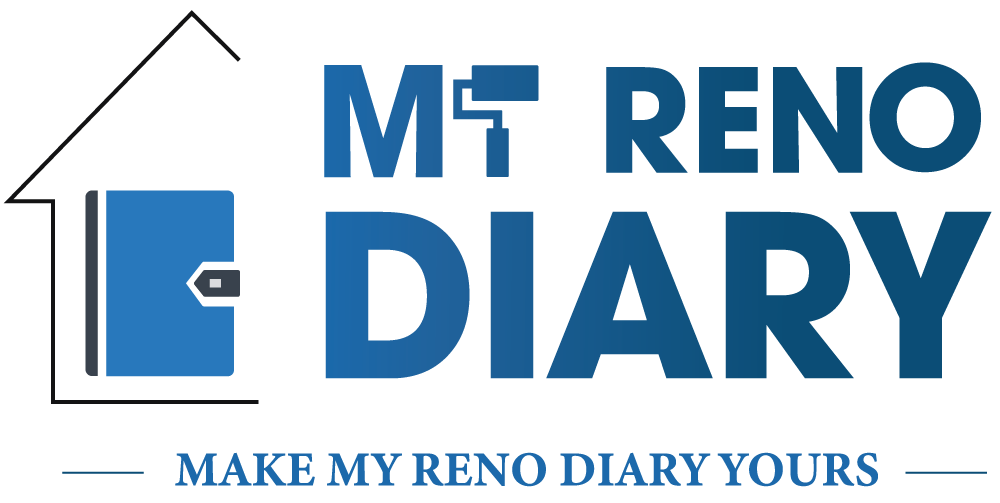The world of design is brimming with captivating styles, and “modern” and “contemporary” are two terms frequently encountered. While these styles share some commonalities, subtle distinctions set them apart. This comprehensive guide delves into the essence of modern contemporary design, empowering you to identify their unique characteristics and make informed design decisions for your space.
Key Takeaways:
- Grasp the core principles of modern and contemporary design, including their historical influences, key features, and materials.
- Learn to differentiate between these styles by recognizing their variations in form, functionality, and use of color and texture.
- Discover how to incorporate elements of both modern and contemporary styles into your living space, creating a cohesive and aesthetically pleasing environment.
- Explore additional resources and design tips to fuel your creative vision and embark on your design journey.
Unveiling the Modern Masterpiece: A Timeless Legacy
Modern design emerged in the early 20th century as a rebellion against traditional, ornate styles. This movement aimed to create functional and aesthetically pleasing spaces that reflected the changing social and technological landscape. Here, we explore the defining characteristics of modern design:
- Function Over Form: Modern design prioritizes functionality above all else. Clean lines, uncluttered layouts, and furniture designed for specific purposes are hallmarks of this style. Every element within a modern space serves a clear purpose, eliminating unnecessary ornamentation and clutter.
- Natural Materials: Modern designers favor natural materials like wood, leather, and stone. These materials bring a sense of warmth and organic connection to the space. Wood furniture with clean lines and natural finishes, leather sofas with a timeless appeal, and stone countertops offering a touch of luxury are all common features in modern design.
- Streamlined Forms: Simple, geometric shapes define the modern aesthetic. Furniture with clean lines, rectangular tables, and uncluttered layouts create a sense of order and visual simplicity. This focus on streamlined forms allows for a spacious and airy feel, even in smaller living areas.
- Monochromatic Palettes: Muted and neutral color palettes are a hallmark of modern design. Black, white, and shades of brown are frequently used to create a sense of sophistication and timeless elegance. Pops of color might be introduced sparingly, perhaps through artwork or accent pieces, but the overall emphasis remains on creating a calming and cohesive visual environment.
- Historical Influences: The Bauhaus movement, a German art school founded in 1919, significantly influenced the development of modern design principles. The Bauhaus philosophy emphasized the integration of art, craftsmanship, and mass production, prioritizing functionality and clean lines. Architects like Ludwig Mies van der Rohe, a prominent figure in the Bauhaus movement, further championed the concept of “less is more,” a core principle of modern design.
Embracing the Contemporary Spirit: Design for the Modern Age
Contemporary design builds upon the foundation of modernism while reflecting the ever-evolving trends of the present day. Think of it as the ever-changing counterpart to the timeless nature of modern design. Here, we explore the key characteristics of contemporary design:
- Evolution of Form: While retaining a focus on clean lines, contemporary design embraces more organic and curvilinear shapes. Furniture might incorporate softer curves alongside geometric elements, creating a more dynamic and visually intriguing space.
- Material Innovation: Modern and innovative materials like metals, glass, and high-gloss finishes are often incorporated into contemporary design. This reflects the advancement in technology and manufacturing techniques, allowing for the creation of sleek, polished surfaces and furniture with unique functionalities.
- Bold Accents: Pops of color and contrasting textures are a defining feature of contemporary design. While modern design often leans towards neutral palettes, contemporary spaces might embrace bolder color choices, such as accent walls in vibrant hues or statement furniture pieces in rich colors. Similarly, contrasting textures like mixing smooth leather with a woven rug or polished concrete floors with plush carpeting add depth and visual interest to the space.
- Technology Integration: Contemporary design seamlessly integrates modern technology into the living environment. Smart home systems that control lighting, temperature, and entertainment are increasingly commonplace. Hidden storage solutions and furniture with built-in charging stations further reflect the emphasis on functionality and creating a clutter-free space.
- Global Influences: Unlike modern design, which has a more Eurocentric foundation, contemporary design draws inspiration from diverse cultures and design movements worldwide. You might see elements of Japanese minimalism, Scandinavian functionality, or even Moroccan patterns incorporated into contemporary spaces, creating a truly eclectic and globally-influenced aesthetic.
Modern vs. Contemporary: A Side-by-Side Comparison
Understanding the subtle differences between modern and contemporary design is crucial for making informed choices when designing your space. Here’s a table outlining the key points of comparison:
| Feature | Modern Design | Contemporary Design |
| Focus | Functionality, clean lines | Functionality with a focus on visual appeal |
| Historical Context | Early 20th century | Present day, evolving with trends |
| Form | Simple, geometric shapes | Clean lines with potential for organic curves |
| Materials | Natural materials (wood, leather, stone) | Natural and modern materials (metals, glass) |
| Color Palette | Muted and neutral tones | Neutrals with pops of color and contrasting textures |
| Overall Feel | Warm, minimalist, timeless | Dynamic, visually interesting, reflects current trends |
Weaving the Modern and Contemporary Tapestry: Design Inspiration for You
The beauty of modern contemporary styles lies in their adaptability. You don’t have to choose just one! Here are some tips for incorporating elements of both styles into your living space:
- Balance clean lines with organic shapes: Pair a modern sofa with a sculptural coffee table for a touch of contemporary flair. The clean lines of the sofa provide a foundation, while the organic curves of the coffee table add a touch of visual intrigue.
- Embrace natural materials with pops of color: Complement a wooden dining table with colorful chairs for a vibrant yet functional space. The natural warmth of the wood creates a grounding element, while the pops of color in the chairs inject personality and energy.
- Introduce contrasting textures: Combine a sleek leather couch with a woven rug to add visual interest. The smooth texture of the leather contrasts beautifully with the woven texture of the rug, creating a layered and visually engaging space.
- Integrate technology seamlessly: Opt for smart lighting or hidden storage solutions to enhance functionality without compromising aesthetics. Smart lighting allows for easy control of the ambiance, while hidden storage solutions keep clutter at bay, maintaining the clean lines and minimalist aesthetic of modern design.
- Draw inspiration from online resources: Numerous websites and social media platforms showcase stunning examples of modern contemporary design. Browse through these resources to discover creative ways to combine elements of both styles and find inspiration for your own space.
- Consider your budget: Modern contemporary furniture can range in price. Natural materials like wood and leather are often more expensive than contemporary options that utilize metals and high-gloss finishes. Define your budget beforehand and explore options that fit your financial constraints.
Conclusion: Embark on Your Design Journey
By understanding the nuances of modern contemporary design, you’re well-equipped to embark on your design journey with confidence. This guide has empowered you to identify the defining characteristics of each style, explore creative ways to blend them, and discover valuable resources to fuel your design inspiration. Remember, creating a space that reflects your personality and resonates with your sense of style is the ultimate goal.
With a keen eye for detail and a commitment to excellence, we tailor our designs to meet your unique needs and preferences. From initial consultation to the final reveal, our team is dedicated to delivering a seamless and enjoyable renovation experience. Don’t settle for ordinary. Elevate your home with the refined elegance of modern contemporary design. Contact MRD today to schedule your consultation and start your journey toward a beautifully transformed living space. Let’s create something extraordinary together!



